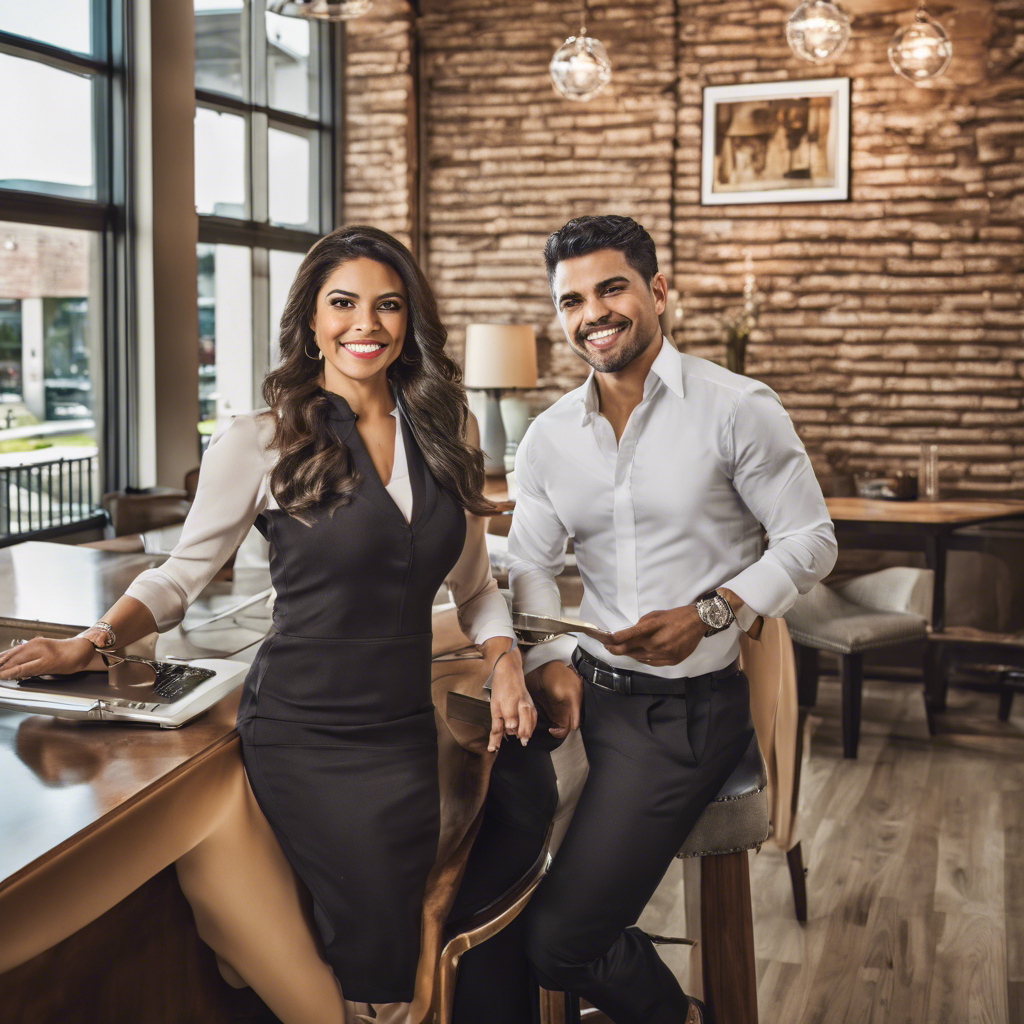The Rise of Latino-Owned Businesses in Chicago’s Western Suburbs

Riverside and Other Suburbs Experience a Surge in Latino Entrepreneurship
Over the past decade, the western suburbs of Chicago have witnessed a significant increase in the number of Latino-owned businesses. Towns like Riverside, once known for its antique shops and Bohemian restaurants, have seen a wave of Latino entrepreneurs opening a range of establishments, from breakfast spots to barber shops. This trend reflects the growing Latino population in the region, extending beyond traditional Latino communities like Cicero and Berwyn. As the Latino community continues to establish roots in the suburbs, it is reshaping the local economy and contributing to the diversity and vibrancy of these communities.
A Welcoming Community
Riverside, a picturesque suburb of approximately 9,000 residents, has become a magnet for Latino-owned businesses. The village, known for its historic water tower and designed by renowned architects Frederick Law Olmsted and Calvert Vaux, has seen a surge in the Latino population and the subsequent growth of Latino-owned shops. While the village’s chamber of commerce does not track businesses by race, village leaders and residents have noticed the transformation. Trustee Alex Gallegos attributes this shift to the welcoming nature of the community and the reputation it has built as an opportunity-rich environment for Latino entrepreneurs.
Latino Population Growth in the Western Suburbs
The growth of Latino-owned businesses in Riverside is part of a broader trend in the western suburbs of Chicago. According to the Great Cities Institute at the University of Illinois Chicago, suburbs such as Riverside, Western Springs, and Broadview have experienced a 60% to 80% increase in their Latino populations over the past decade. This demographic shift is reshaping the social and economic landscape of these communities, attracting businesses that cater to the needs and preferences of the growing Latino community.
Seizing Opportunities
Local chains and businesses have taken notice of the changing demographics in Riverside. Dulce Mami, a Mexican cafe and bakery with locations in Cicero and Chicago, recently opened a branch near the train station in Riverside. Co-owner Andrea Torres explains that the community was in search of a coffee shop, breakfast place, and bakery store, all in one location. The success of businesses like Dulce Mami demonstrates the demand for Latino-owned establishments that cater to the specific tastes and preferences of the Latino community.
Amador Valenzuela, owner of Black Book Studio, also recognized an opportunity in Riverside. Valenzuela, the son of Mexican immigrants, opened his animation studio in a vacant storefront in 2014. He believes that many of the new businesses in the area are started by entrepreneurial children of immigrants, driven by a strong work ethic and a desire to fill gaps in the market. This entrepreneurial spirit is a significant factor in the rapid growth of Latino-owned businesses across the country.
A Signal of Permanence
The move to the suburbs for many Latinos in the region represents a natural progression. Maria Pesqueira, a civic leader and head of the Healthy Communities Foundation, explains that some Latinos are purchasing homes for the first time, while others are moving west to escape gentrification or to find larger homes with yards. By investing in homes and businesses in towns like Riverside, Latinos are signaling their intention to stay and become an integral part of the fabric of these communities. The growth of Latino-owned businesses in the western suburbs is a testament to the resilience and determination of the Latino community.
Conclusion: The surge in Latino-owned businesses in Chicago’s western suburbs, particularly in towns like Riverside, is a reflection of the growing Latino population and their desire to establish roots in these communities. The influx of Latino entrepreneurs has contributed to the economic and cultural diversity of these suburbs, creating a more vibrant and inclusive environment. As the Latino community continues to thrive and expand its presence, it is reshaping the social and economic landscape of the western suburbs, leaving an indelible mark on the region’s history.

